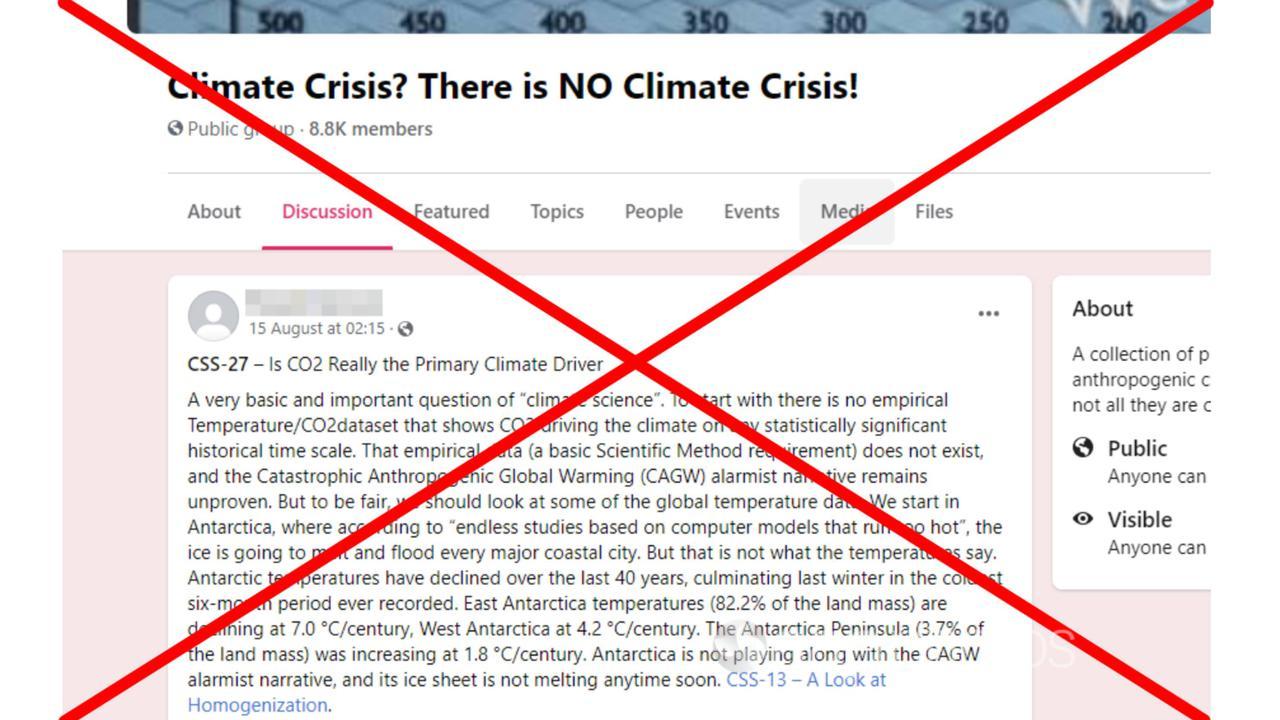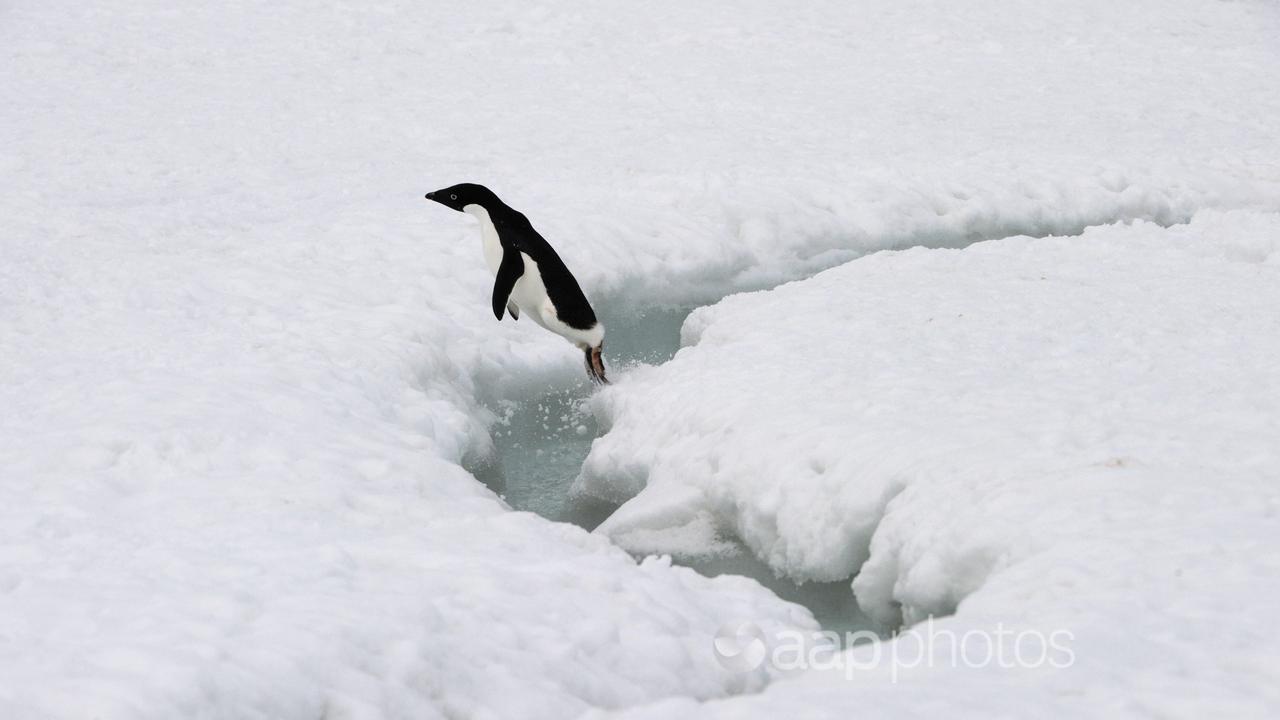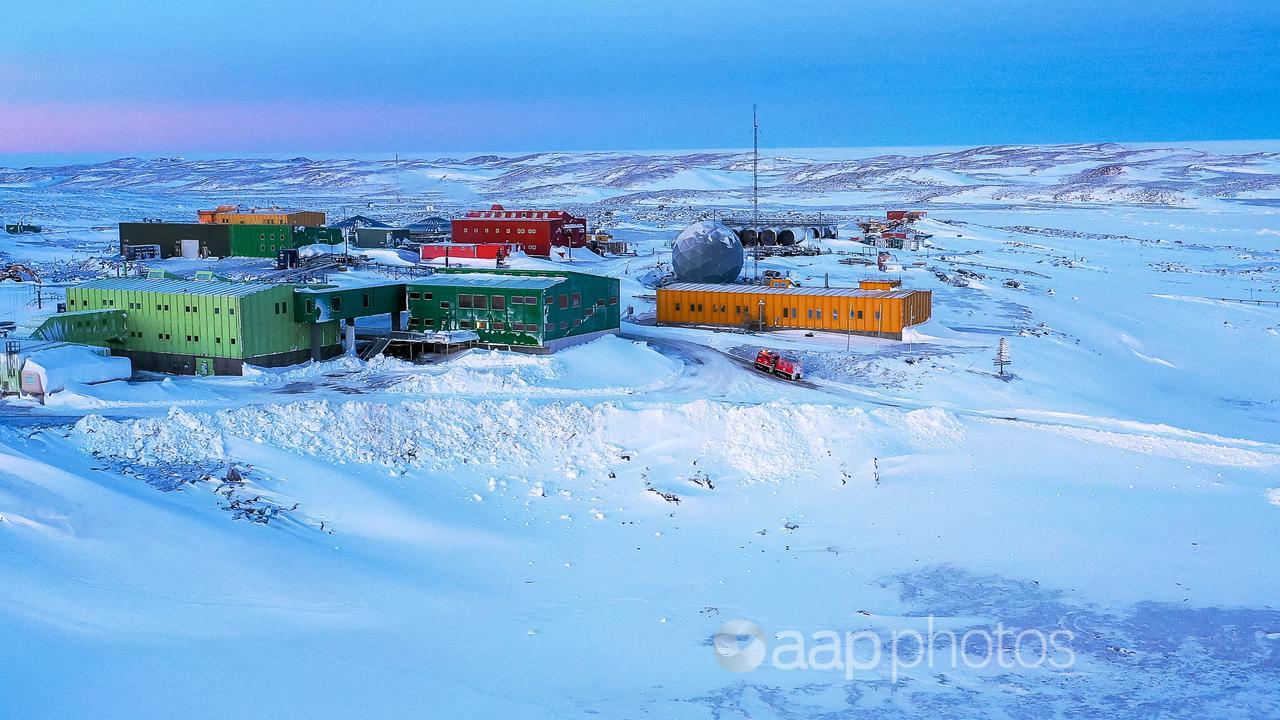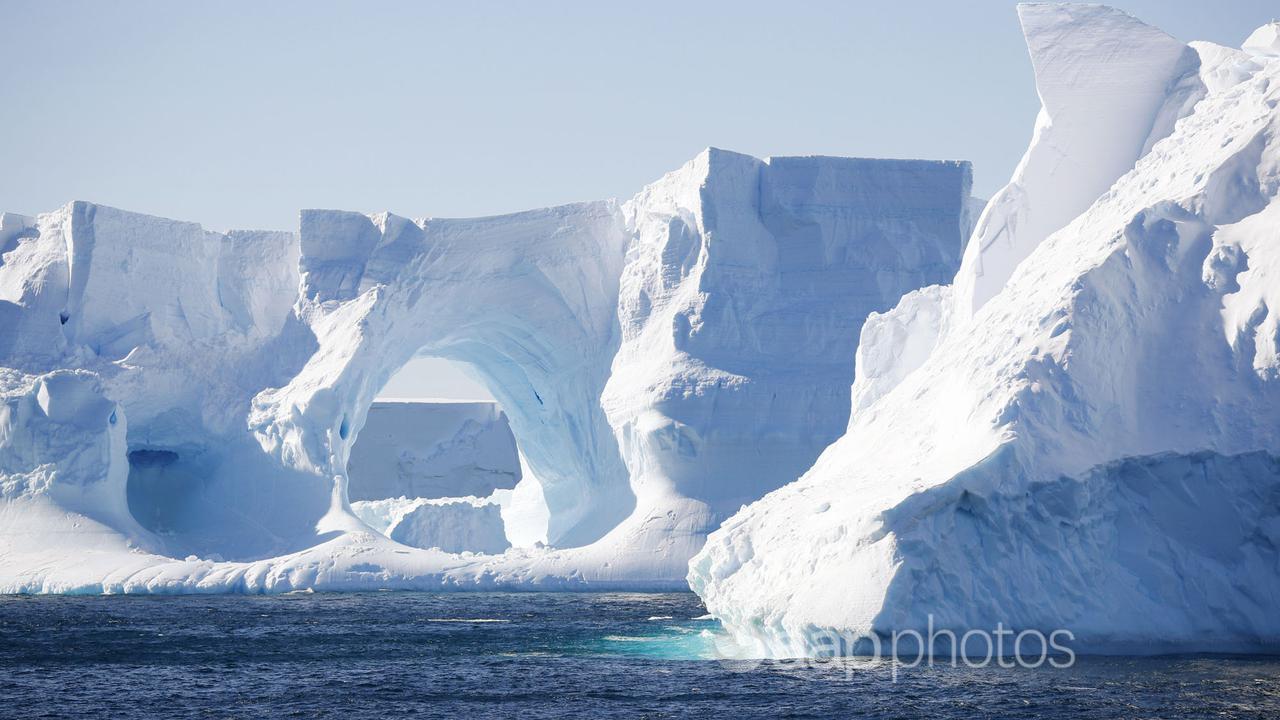A Facebook user claims temperatures in Antarctica have declined over the past 40 years, with last winter being the coldest six-month period on record.
While it is true the South Pole had its coldest known winter in 2021, long-term temperatures show the continent is warming.
The lengthy post (archived here) was shared to a climate change denial Facebook group on August 15.
“We start in Antarctica, where according to ‘endless studies based on computer models that run too hot’, the ice is going to melt and flood every major coastal city. But that is not what the temperatures say. Antarctic temperatures have declined over the last 40 years, culminating last winter in the coldest six-month period ever recorded,” it reads.

The post includes a link to a blog, which cites a 2021 study as evidence to support the claim. The study is an assessment of the ERA5 dataset for near-surface air temperature in Antarctica.
The ERA5 dataset is an atmospheric reanalysis of the global climate from 1950 to present, produced by the EU’s Copernicus Climate Change Service.
Experts told AAP FactCheck the evidence shows temperatures across the majority of Antarctica are warming overall.
Ted Scambos, senior research scientist at the Earth Science and Observation Centre, explained that the 2021 study is an evaluation of the ERA5 model against long-term station records in Antarctica.
Dr Scambos said while it is hard to say whether the entire record ((1979-2020) showed a warming or cooling trend, he confirmed there is an overall warming trend in Antarctica.
“West Antarctica and the Antarctic Peninsula are generally warming, strongly, but again with variations that have been tied to Pacific oscillations,” he said in an email.
“East Antarctica (in the interior) (is also) warming … However, some coastal stations have more complicated histories.”
Kyle Clem, a lecturer in climate science at Victoria University of Wellington, described the claim as misleading.
“There are complex and highly seasonal processes that indeed govern Antarctic climate variability that are unique to Antarctica and vary by region/season,” Dr Clem told AAP FactCheck.
These include multi-decadal circulation changes tied to tropical variability, sea-ice anomalies, ozone depletion and increasing greenhouse gases which strengthen westerly winds and “paradoxically” cool some regions.
“However, overall, Antarctica more broadly exhibits a long-term warming trend from stations and ERA5 on an annual mean basis,” Dr Clem said.

A 2019 study co-authored by Dr Clem examined near-surface air temperature variability from 17 Antarctic stations.
“The overwhelming feature across all Antarctic stations is a shift to above-average temperatures since the mid-1990s except for Casey on the East Antarctic coast.”
Dr Clem said cooling along the East Antarctic coast can be attributed to a positive trend in the Southern Annular Mode, along with the strengthening of westerly winds tied to ozone depletion and increasing greenhouse gases.
“(This) leads to cooling along the East Antarctic coast as it prevents warm maritime air intrusions.”
Eric Steig, a professor of glaciology and isotope geochemistry at the University of Washington, told AAP FactCheck “the idea that Antarctica temperatures have declined over the last 40 years is simply wrong”.
Prof Steig pointed to data from the British Antarctic Survey for the Amundsen-Scott South Pole Station.
“The average trend over the last 40 years at the South Pole (just as one example) is 0.027°C/year, or about 0.3°/decades, which is greater than the global average warming,” he said in an email.
“Note that (the) South Pole is just one location, but it’s worth showing because it had been popular 15 years ago to claim that Antarctica was cooling on the basis of this one location. It is now conveniently ignored!”
Research published in the State of the Climate in 2021 report, an international, peer-reviewed publication from the American Meteorological Society (AMS), shows the 2021 cold winter in the South Pole had little impact on the long-term warming trend in this region (page S318).
The report explains the record cold temperatures were due to below-average pressure and stronger than average westerly winds throughout much of the year. The low pressure extended vertically through the troposphere and stratosphere, and was accompanied by a strong and stable polar vortex (page Siii).

The State of the Climate report found that throughout 2021 there were anomalously warm conditions across the Antarctic Peninsula, with the Esperanza station tying with 2016 for its warmest year on record (page S313).
Studies here, here, here, here and here also show a warming trend across West Antarctica, the South Pole, the Antarctic Peninsula and the interior of East Antarctica.
AAP FactCheck has previously debunked claims about Antarctica and other fact-checking outlets have addressed assertions about the South Pole’s coldest winter here and here.
The Verdict
The claim temperatures in Antarctica have been declining for the past 40 years is false. Air temperature trends in Antarctica are variable however experts told AAP FactCheck long-term data shows a warming trend.
Evidence shows there is significant warming in the South Pole, West Antarctica, the Antarctic Peninsula and the interior of East Antarctica. The East Antarctic coast has reported a cooling trend due to strong westerly winds and ozone depletion.
False – The claim is inaccurate.
* AAP FactCheck is an accredited member of the International Fact-Checking Network. To keep up with our latest fact checks, follow us on Facebook, Twitter and Instagram.
All information, text and images included on the AAP Websites is for personal use only and may not be re-written, copied, re-sold or re-distributed, framed, linked, shared onto social media or otherwise used whether for compensation of any kind or not, unless you have the prior written permission of AAP. For more information, please refer to our standard terms and conditions.


















